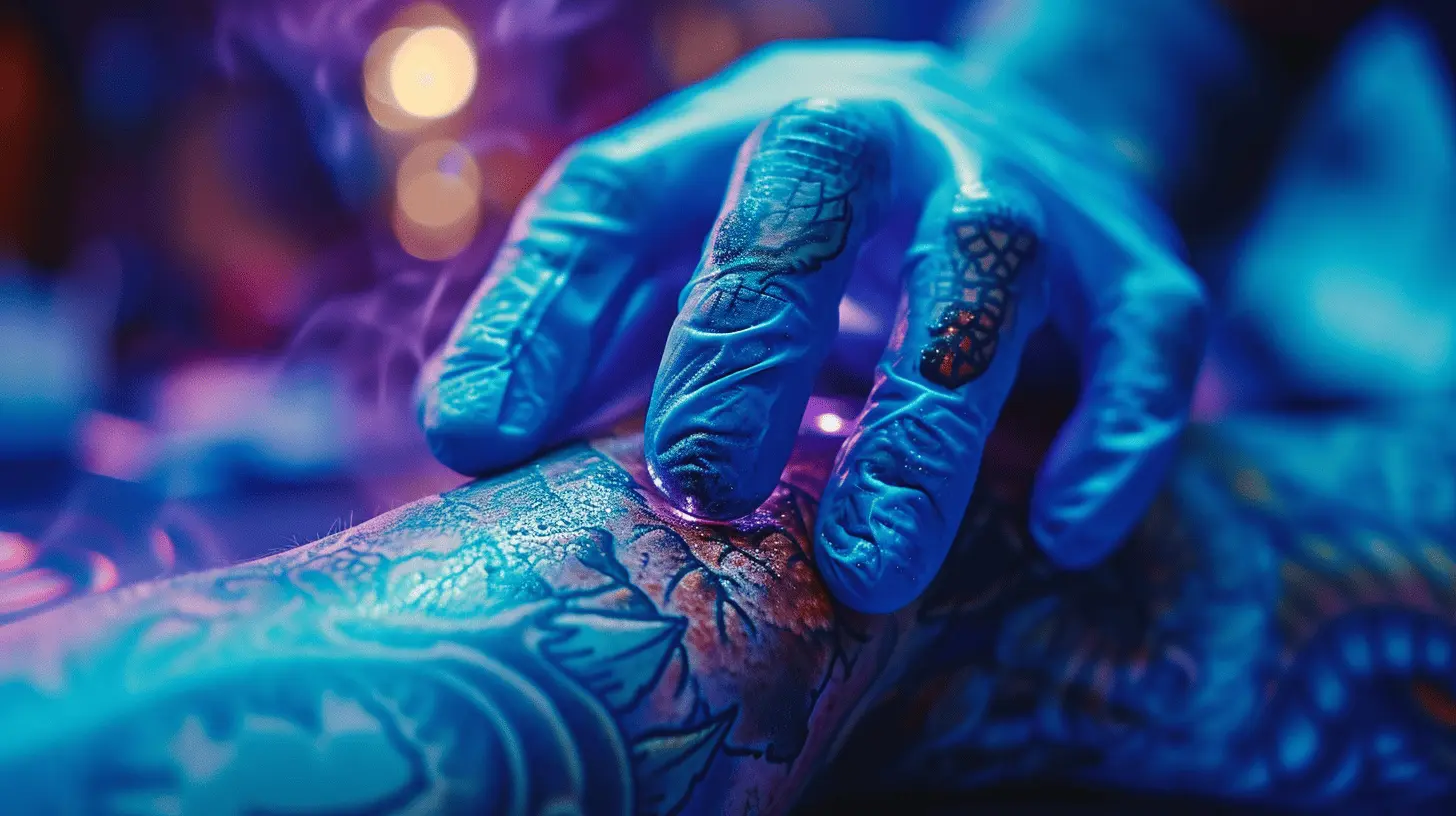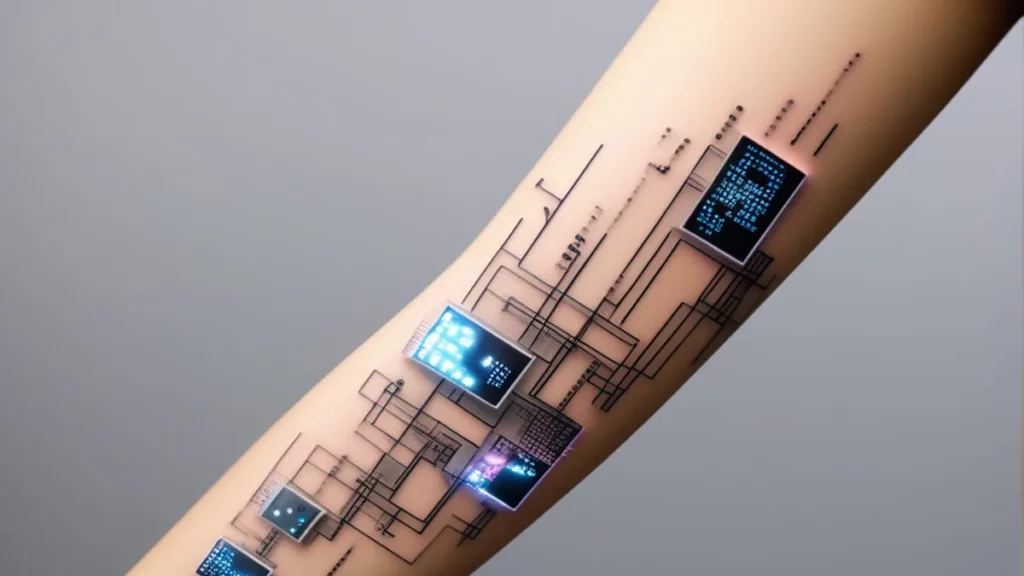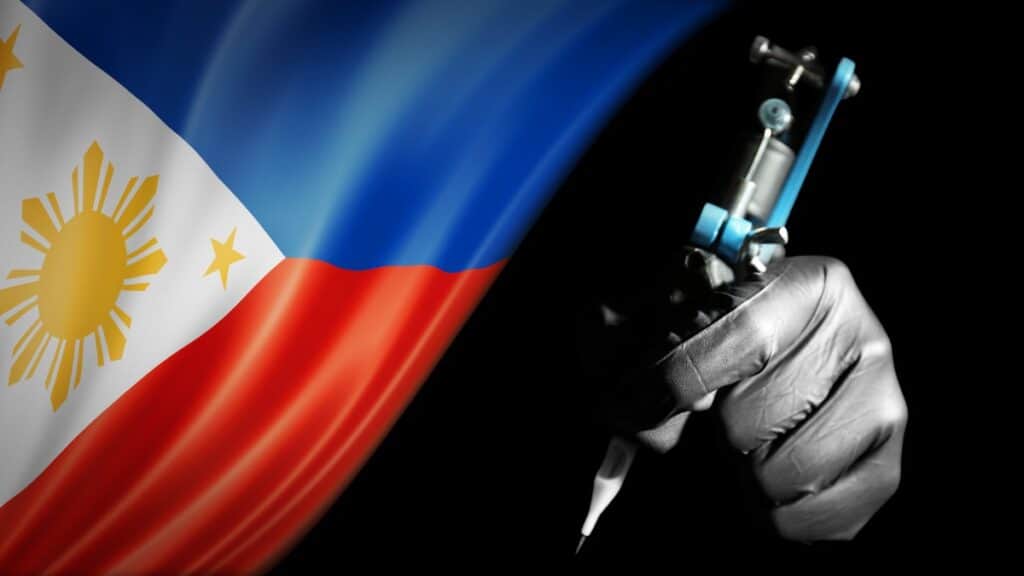Dive into the fascinating journey of tattoos, exploring their origins in ancient civilizations, cultural significance in Eastern traditions, and evolution into a globally accepted art form in the modern era.
Key Takeaways
- Profound impact of Japanese and Chinese tattoo traditions on global tattoo styles, featuring rich symbolism and intricate designs.
- The role of tattoos in ancient cultures like Egypt, with specific practices linked to women and cultural markers.
- The 20th-century shift from tattoos as a symbol of subcultures to a widely accepted medium of personal expression and art.
Tattoo History: From Ancient Rituals to Modern Art
Tattooing is an ancient art form that has evolved over thousands of years, reflecting the rich tapestry of human culture and history. This guide delves into the origins, evolution, and cultural significance of tattoos through various eras and societies.
China and Japan: Influential Centers in the East
Chinese Tattoo Culture
In China, despite some decorative early tattoos, there has traditionally been a stigma associated with tattooing, often linked to criminal activity. This view persists in modern China. The term ‘Ci Pei’ in Chinese history referred to tattoos as a mark of criminality or exile.
Japanese Tattoo Heritage
Japan’s tattoo history is one of the oldest, with evidence going back over 4000 years. Tattoos here evolved from spiritual protection symbols to elaborate full-body designs, especially prominent in the Yakuza, the Japanese mafia. Irezumi, the Japanese term for tattoo, reflects their love for pictorial and colorful woodblock prints, leading to vibrant and detailed designs featuring folklore, nature, and samurai traditions.
Ancient Egyptian Tattooing
In ancient Egypt, tattoos were mostly found on women, often related to safeguarding during pregnancy and childbirth. The designs were typically dotted patterns, lines, and diamond shapes, using dark or black pigments like soot. Interestingly, tattoos in ancient Egypt and neighboring cultures like the Nubians and Libyans were sometimes status symbols or cultural markers.
Global Dispersion and Evolution
The Pazyryks, formidable Iron-Age horsemen and warriors of Eastern Europe and Western Asia, showcased elaborately tattooed mummies dating back to the 6th to 2nd century BCE. This reflects the wide geographical spread and cultural significance of tattoos.
Tattooing practices likely spread through migration and nomadic peoples, such as gypsy tribes in India and the Middle East, and the Scythians from Siberia to Eastern Europe. This dissemination led to a variety of tattoo designs and practices across different cultures.
Modern Era and Western Influence
The 20th century marked a significant shift in the perception and practice of tattoos. They transitioned from being associated with subcultures to becoming a widely accepted form of personal expression. This period saw the rise of professional tattoo parlors and the emergence of the tattoo artist as a respected craft. Technological advancements like the electric tattoo machine and the diversification of ink types facilitated this transformation.
Ultimately, the history of tattoos is really interesting. It started a long time ago in places like Japan, China, and Egypt. Tattoos were used for many reasons like showing who you are, protecting yourself, or even as art. Over time, tattoos became popular all around the world. Now, they are a way for people to express themselves and are a big part of modern culture. It’s amazing to see how tattoos have changed and become important in so many different ways.








